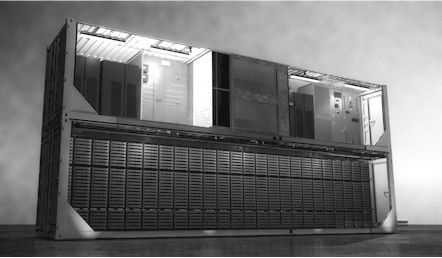
The Data Center Solutions custom server unit of Dell is one of the big success stories of the IT supplier. Among other things, DCS was building custom servers for Facebook years before there was an Open Compute Project and has built a $1 billion-plus business with dozens of customers that is still growing even after Facebook decided to design its own systems and datacenters and foster an alternative supply chain.
A DCS engagement with custom engineering is not something that Dell can afford to provide for every customer who comes knocking on its door, but the company has said in the past – as it did talking to The Next Platform back in May – that it wants to take what it has learned about helping hyperscalers and apply it to smaller customers who are also facing challenges in their datacenters. To do this, Dell is forming a new parallel division in its Enterprise Solutions group called Datacenter Scalable Solutions, or DSS, that will tackle the IT needs of the next 1,000 customers down the scale pyramid. This segment of the IT sector has a total addressable market of around $6.6 billion, Ashley Gorakhpurwalla, vice president and general manager of Server Solutions at Dell, tells The Next Platform, and it is growing at a 14 percent compound annual growth rate. This is about three times as fast as the overall server market is growing. The hyperscale part of the server market served by DCS is somewhere between $7 billion and $8 billion a year, and it is also growing at a faster rate than the overall server market, but it has slowed and tends to fluctuate more depending on when the few dozen hyperscalers need to expand their infrastructure. The core enterprise portion of the systems market accounts for somewhere between $25 billion and $26 billion a year in revenues, and Gorakhpurwalla says that it is anywhere from flat to up by 5 percent in any given year.
The interesting bit is how quickly these next 1,000 companies are adding capacity. In three to four years, service providers, cloud builders, and hosting providers as a group are expected to account for more than 50 percent of the consumption of compute capacity in the datacenter. “This is not everything that we are targeting with DSS, but it is a good chunk of it,” says Gorakhpurwalla. The DSS unit also includes technical compute and larger customers HPC as well – everything short of the largest government-sponsored supercomputing and data analytics systems, which have their own teams. In a sense, DSS is a reflection of the kind of convergence that The Next Platform was created to chronicle.
Hyperscalers buy machines in lots on the order of tens of thousands and have many datacenters each with 100,000 or more servers in them. DSS is not aimed at them, and there is no rule of thumb that can so simply characterize them.
“I don’t have a hard number on their scale because we don’t require a specific number for an engagement,” explains Gorakhpurwalla, “but there is, as you might imagine, there is a model or curve for everything in life, and there is for this as well, in that it has to be financially feasible for both the customer and for us. And at a certain point you need a certain amount of compute or bandwidth to make it worthwhile to think about customized and specific solutions. In the case of compute, we are building clusters that are thousands of nodes in size, but in some cases, if a customer is building out and has predictable growth and probably across many locations, they can start in the hundreds of nodes. We are talking about folks that want to procure, deploy, manage, and sometimes have others host on their behalf thousands of compute nodes, data stores that reach up into the petabytes, and bandwidth measured in the hundreds of gigabits per second.”
Creating a new division with its own supply chain, research and development, engineers, and system architects is not something Dell does lightly. All things being equal, Gorakhpurwalla says that Dell would rather take those key personnel and face them at the broader market. But all things are not equal.
“We really think this will be one of the largest parts of the market. But what helps for us in setting up DSS is that we are not offering a particular product catalog and then we are done. We did that with the PowerEdge-C five years ago, and that has been a good business for us and addresses a lot of needs. But what we have found is that with both hyperscale and then with the PowerEdge-C products, we need to be specifically engaged with the customers and their system architects, application developers, and datacenter facility managers. Whether it is HPC or hyperscale or telecommunications customers, there is a lot of sophistication and a lot of folks have control over their own software stack. So they have started to tune, tweak, and optimize and they need a hardware partner who is able to do this. In some cases, it is software changes or supply chain changes, sometimes a whole new product set emerges from the engagement. It is different from a hyperscale and high-end HPC engagement, and it is definitely not hoisting another set of products onto the catalog and having a general sales force go pitch it.”
DSS has been in a startup mode inside of Dell for just about a year, and the DSS unit has had 200 customer engagements already and has booked more than 466 percent revenue growth compared to a year ago. The DCS business aimed at selling customized gear to hyperscalers that got its start in 2007 ramped to $1 billion in sales within a few years and had shipped over 1 million machines within five years. Dell does not provide current revenue figures for the DCS business aimed at hyperscalers or the nascent DSS unit, but Gorakhpurwalla tells The Next Platform that DSS will be about the same size as DCS within a year from now, and within two years DSS will be larger than DCS – and that means DSS will grow faster than DCS did historically. DSS has had 200 engagements and will shortly have 1,000 engagements. “We think we will be able to outgrow the market, even in this space, and we are investing heavily in research and capacity, across compute, networking, storage, and all of the other elements.”
Rather than do two different custom server business units, Gorakhpurwalla concedes that it could take another tack, creating a set of machines between the Intel ticks and tocks and create a line of products that meet the sweet spots of this market and then doing a hard sell on the products. But Dell wants to build deep relationships over time with customers because these 1,000 large scale organizations are not looking for a truckload of servers, but a longer-term plan and a partner that can be flexible when conditions change, as they often do. So, for instance, Dell as one customer who created a plan with DSS for three months out and it has already changed before the equipment has been delivered.
The current DSS engagements are systems centric at the moment, says Gorakhpurwalla, but as Dell ramps up the DSS unit it will evolve and expand out to cover products and services that span the datacenter. One customer in the oil and gas industry that engaged with DSS for custom systems designs for their clusters expanded that engagement to cover power and cooling systems and adopted an oil immersive cooling system for the cluster, for instance.
The products created for the DCS unit are not branded, but the PowerEdge-C line did take three of the DCS machines and then branded them and sold them in semi-custom engagements, including four-node 2U hyperscale nodes as well as 1U machines with four GPU aimed at HPC centers. The DSS machines that Dell will roll out later this year could look similar, but they will have a more focused system management stack focused on either Windows or Linux environments or at the cloud controller level, and there will be less emphasis on per-server management – as is the case among hyperscalers, who manage cattle not pets as the saying goes. Being able to put a large amount of direct-attached storage into server nodes is key to these customers, too, much more so than the typical enterprise customer, says Gorakhpurwalla.
The one thing that is interesting is to contemplate when enterprises will be shifting from on-premises, self-managed IT to either the public cloud or managed private clouds. The creation of DSS seems to be aimed at capturing that tectonic shift, should it materialize. “In five to ten years, it will be difficult for companies to justify buying five to ten servers. But it won’t be difficult to make a case for buying hundreds of servers.”

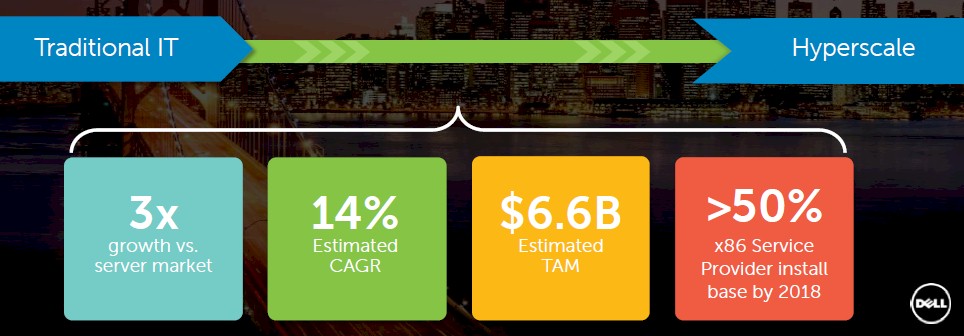
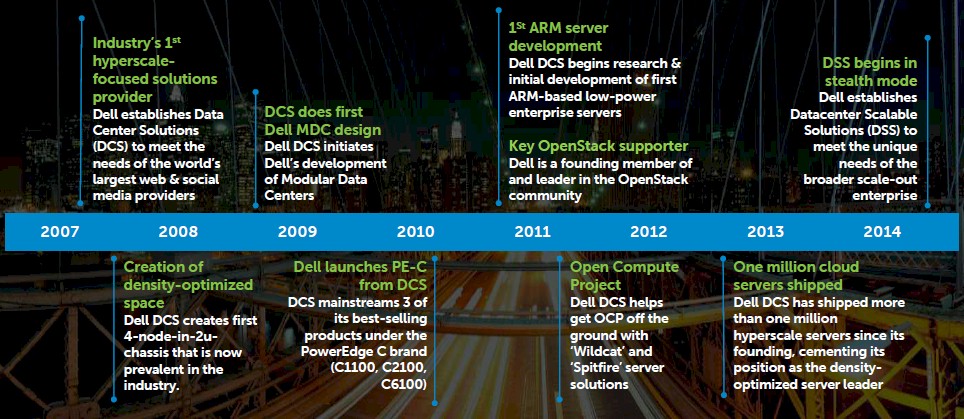

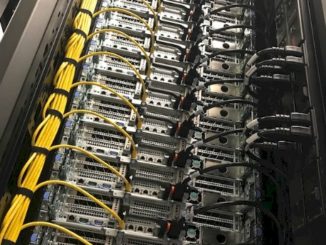
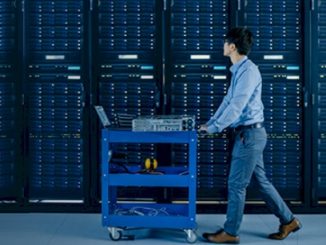

Be the first to comment